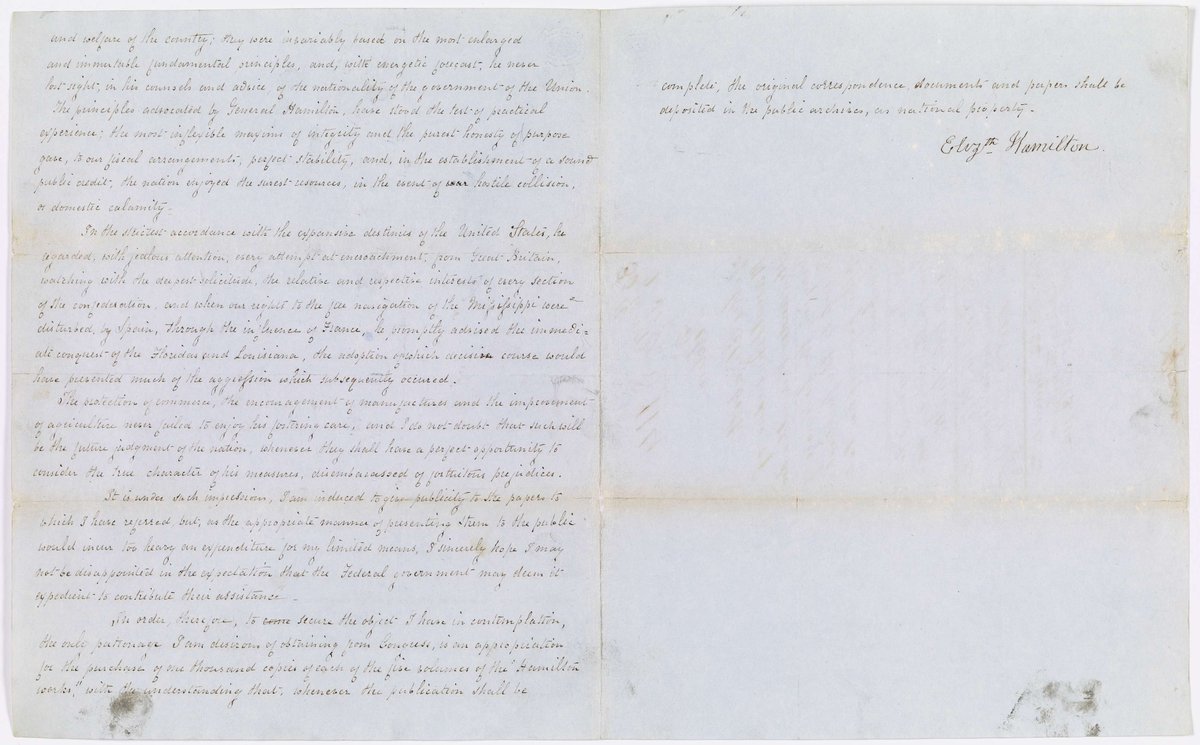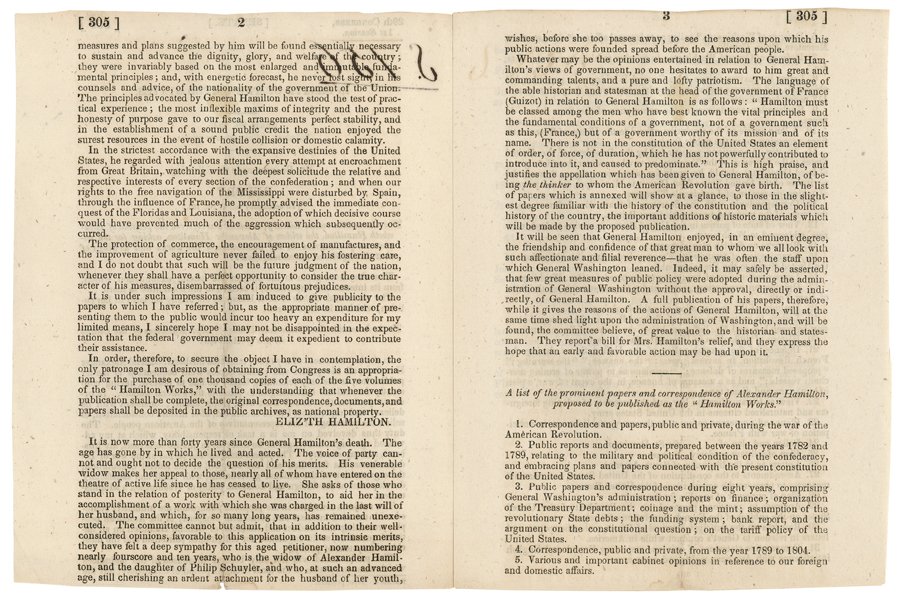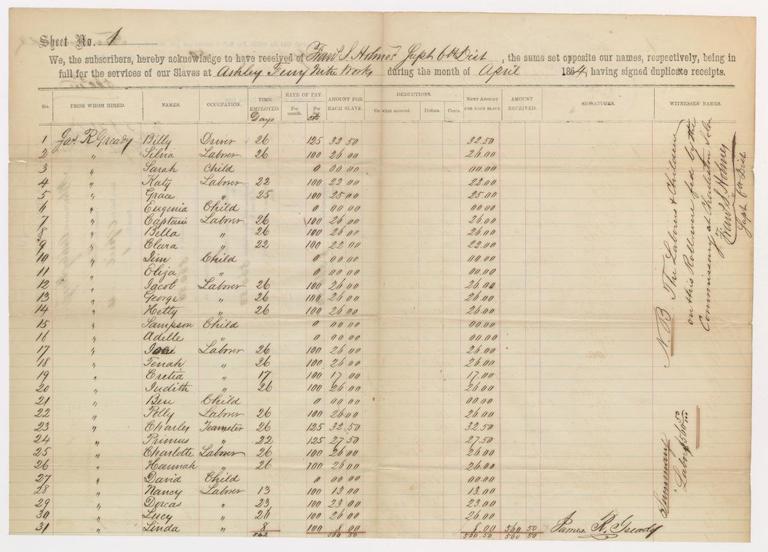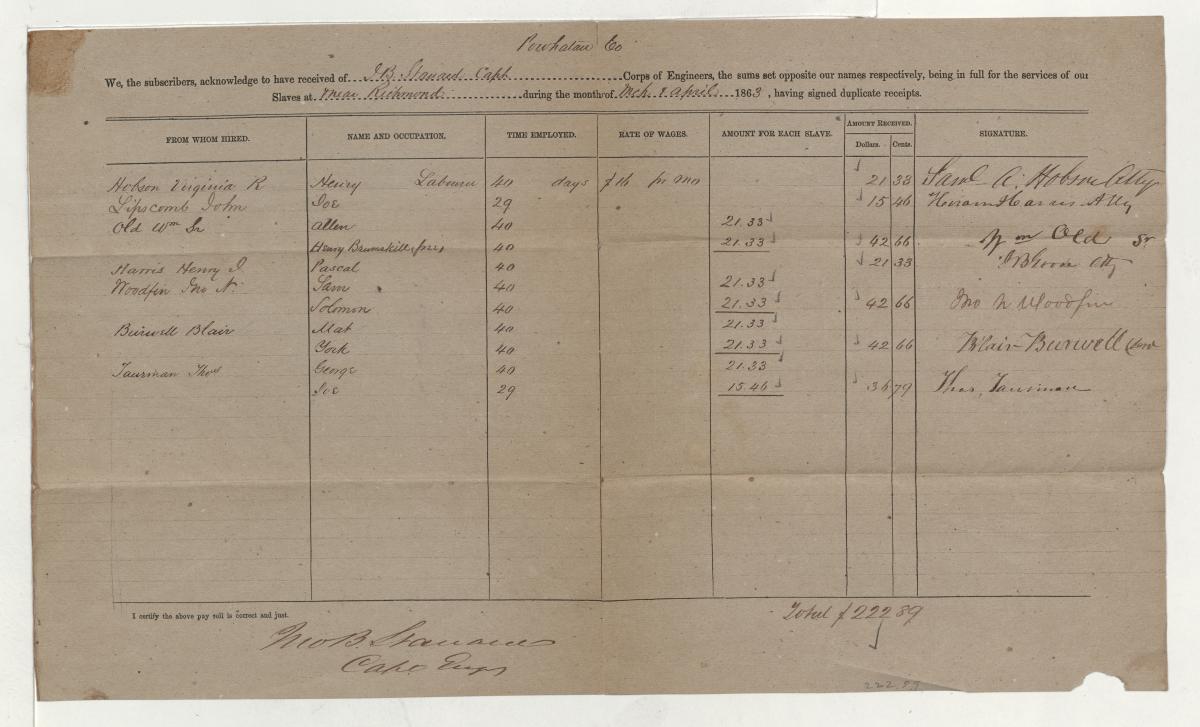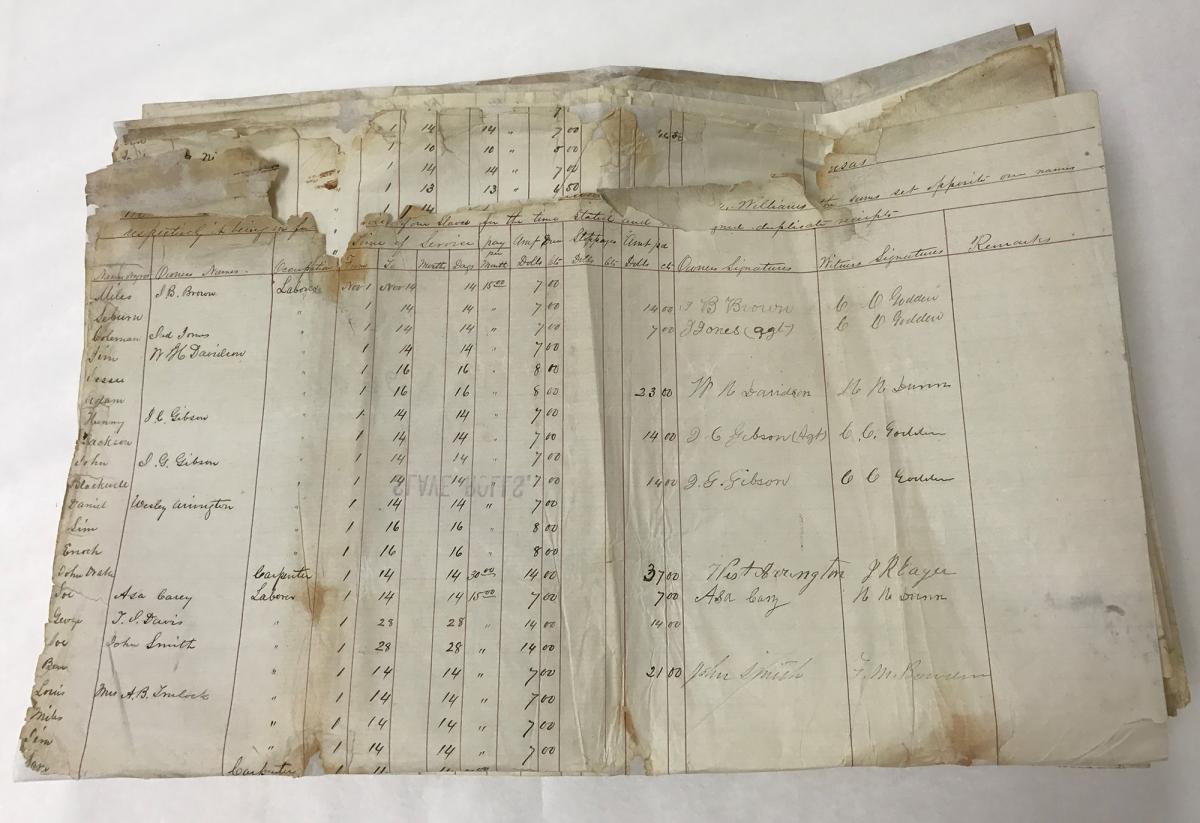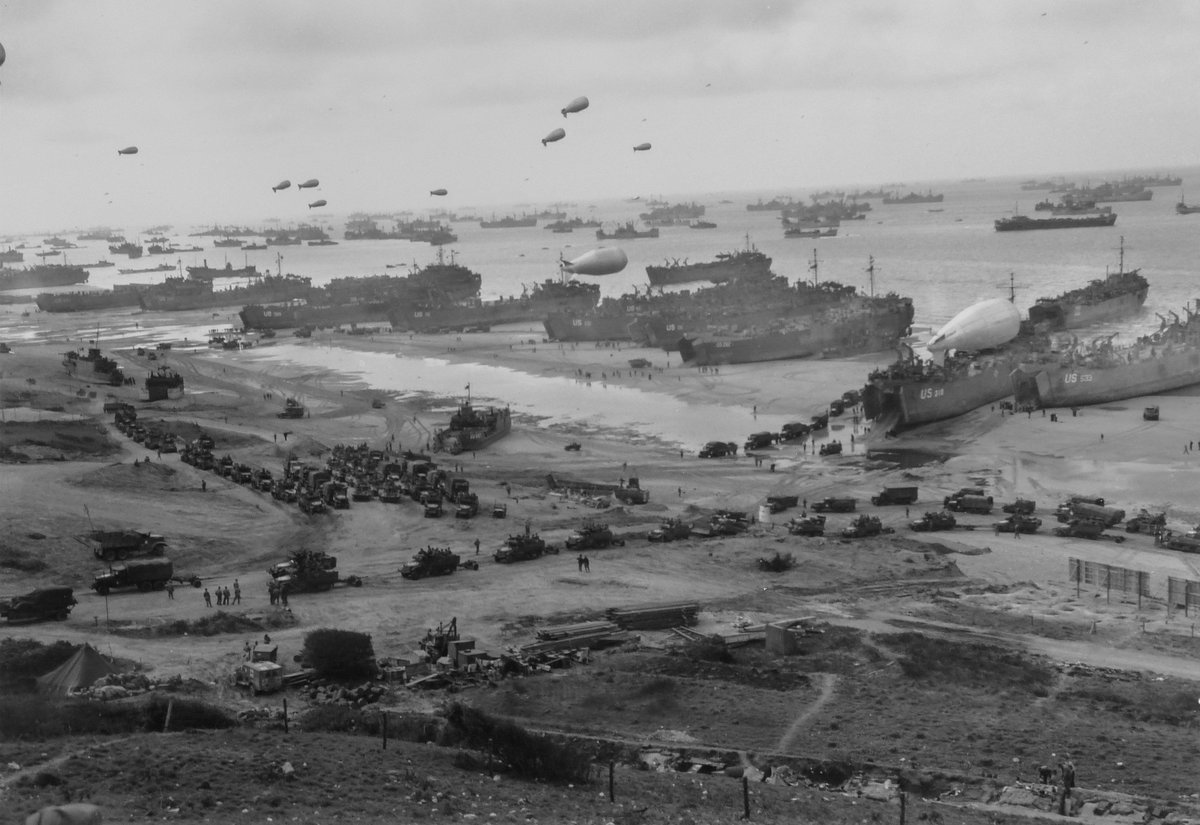
How much do you know about #InaugurationHistory? Test your knowledge with our 8 questions--answers will be posted at 3 pm ET!
📸 Cowboy Montie Montana, with permission from the Secret Service, lassoed president Dwight D. Eisenhower at 1953 inaugural parade, via @IkeLibrary
📸 Cowboy Montie Montana, with permission from the Secret Service, lassoed president Dwight D. Eisenhower at 1953 inaugural parade, via @IkeLibrary
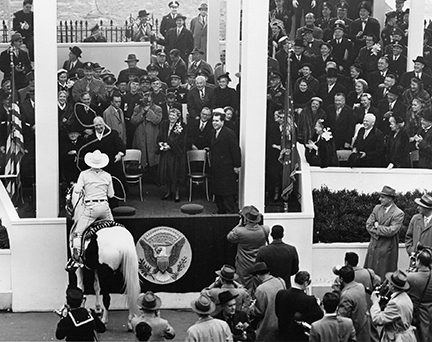
In 1789, George Washington took the oath of office and became our first President in this city:
George Washington’s second inauguration took place in a different city from the first! Which city was it?
The shortest inauguration speech was only 133 words. Which President gave this extraordinarily brief address?
The longest speech was a whopping 8,445 words! Which President opined for so long?
Who was the first President who was NOT born a British subject?
Who was the first president to ride to and from his inaugural ceremony in an automobile?
Which President was the only one to take and administer the Presidential oath?
Final question! Which Constitutional amendment moved the official inauguration date from March 4 to January 20?
George Washington took the oath of office on the second-floor balcony of New York’s Federal Hall.
See the handwritten Inauguration speech in our new online exhibit: go.usa.gov/xAmmU
#Inauguration #InaugurationHistory
See the handwritten Inauguration speech in our new online exhibit: go.usa.gov/xAmmU
#Inauguration #InaugurationHistory

Washington’s 2nd inauguration was in Philadelphia on March 4, 1793 (the U.S. capital moved from NYC to Philadelphia in 1790). He is the only President to take the oath in two different cities. go.usa.gov/xAdSn
📸catalog.archives.gov/id/135798196
#Inauguration #InaugurationHistory
📸catalog.archives.gov/id/135798196
#Inauguration #InaugurationHistory

George Washington's speech at his second inauguration was an incredibly brief 133 words!
go.usa.gov/xAdSn #Inauguration #InaugurationHistory
go.usa.gov/xAdSn #Inauguration #InaugurationHistory
Harrison gave his address on March 4, 1841, on the East Portico of the U.S. Capitol. He also holds the distinction of the shortest Presidency; he died just one month after being sworn in. go.usa.gov/xAdSn
📸Portrait of William Henry Harrison catalog.archives.gov/id/530961
📸Portrait of William Henry Harrison catalog.archives.gov/id/530961

Martin Van Buren, who born in 1782, after the Revolutionary War. The Constitution says a President must be a natural born citizen of the US or U.S. citizen at the time of the adoption of the Constitution. go.usa.gov/xAdSn
📸catalog.archives.gov/id/528289 #Inauguration
📸catalog.archives.gov/id/528289 #Inauguration

Ford’s Model T was introduced in 1908, but president-elects continued to ride to the inauguration ceremony in the traditional horse and carriage. Harding broke this tradition in 1921.
go.usa.gov/xAvjH
President Harding gives his inaugural address, 1921. #Inauguration
go.usa.gov/xAvjH
President Harding gives his inaugural address, 1921. #Inauguration

Administering the oath of office is done by the Chief Justice, a tradition from Washington’s second inauguration. Taft, who served as Chief Justice after his Presidency, administered the oath to Coolidge and Hoover. go.usa.gov/xAvjH
catalog.archives.gov/id/530952 #Inauguration
catalog.archives.gov/id/530952 #Inauguration

The enactment of the 20th Amendment in 1933 moved the date of inauguration from March to “noon on the 20th day of January.” go.usa.gov/xAvjH
📸20th Amendment catalog.archives.gov/id/1410754
#Inauguration #InaugurationHistory
📸20th Amendment catalog.archives.gov/id/1410754
#Inauguration #InaugurationHistory

How did you do on our quiz?
For more #Inauguration photographs and facts, please visit
go.usa.gov/xAvDX
#InaugurationHistory #Inauguration2021
For more #Inauguration photographs and facts, please visit
go.usa.gov/xAvDX
#InaugurationHistory #Inauguration2021
• • •
Missing some Tweet in this thread? You can try to
force a refresh


